HSBC 2011 Annual Report Download - page 44
Download and view the complete annual report
Please find page 44 of the 2011 HSBC annual report below. You can navigate through the pages in the report by either clicking on the pages listed below, or by using the keyword search tool below to find specific information within the annual report.-
 1
1 -
 2
2 -
 3
3 -
 4
4 -
 5
5 -
 6
6 -
 7
7 -
 8
8 -
 9
9 -
 10
10 -
 11
11 -
 12
12 -
 13
13 -
 14
14 -
 15
15 -
 16
16 -
 17
17 -
 18
18 -
 19
19 -
 20
20 -
 21
21 -
 22
22 -
 23
23 -
 24
24 -
 25
25 -
 26
26 -
 27
27 -
 28
28 -
 29
29 -
 30
30 -
 31
31 -
 32
32 -
 33
33 -
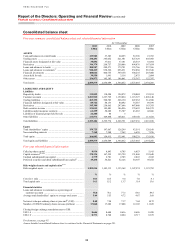 34
34 -
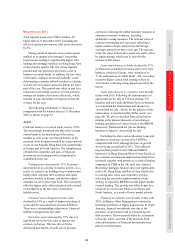 35
35 -
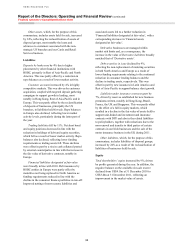 36
36 -
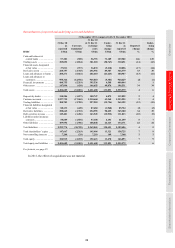 37
37 -
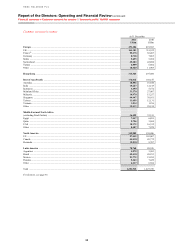 38
38 -
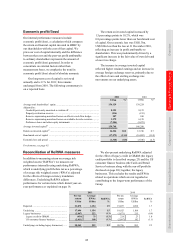 39
39 -
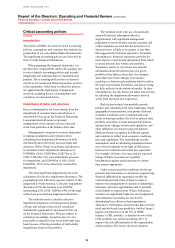 40
40 -
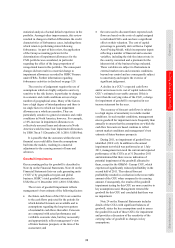 41
41 -
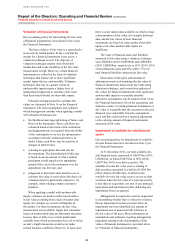 42
42 -
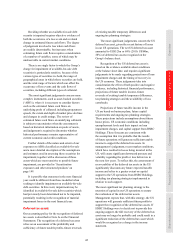 43
43 -
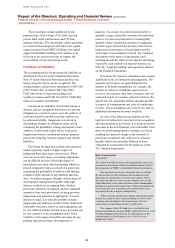 44
44 -
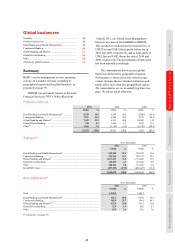 45
45 -
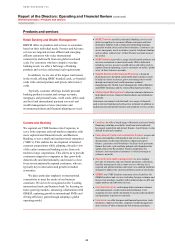 46
46 -
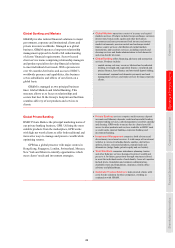 47
47 -
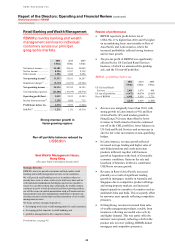 48
48 -
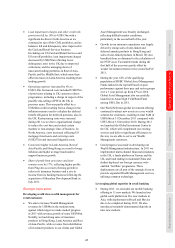 49
49 -
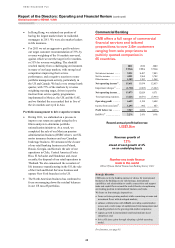 50
50 -
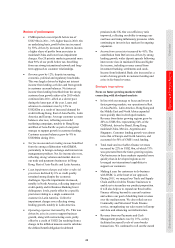 51
51 -
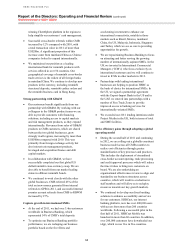 52
52 -
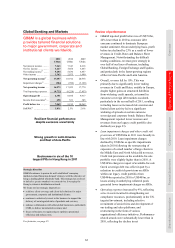 53
53 -
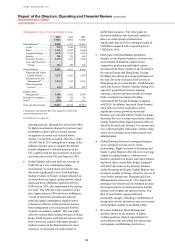 54
54 -
 55
55 -
 56
56 -
 57
57 -
 58
58 -
 59
59 -
 60
60 -
 61
61 -
 62
62 -
 63
63 -
 64
64 -
 65
65 -
 66
66 -
 67
67 -
 68
68 -
 69
69 -
 70
70 -
 71
71 -
 72
72 -
 73
73 -
 74
74 -
 75
75 -
 76
76 -
 77
77 -
 78
78 -
 79
79 -
 80
80 -
 81
81 -
 82
82 -
 83
83 -
 84
84 -
 85
85 -
 86
86 -
 87
87 -
 88
88 -
 89
89 -
 90
90 -
 91
91 -
 92
92 -
 93
93 -
 94
94 -
 95
95 -
 96
96 -
 97
97 -
 98
98 -
 99
99 -
 100
100 -
 101
101 -
 102
102 -
 103
103 -
 104
104 -
 105
105 -
 106
106 -
 107
107 -
 108
108 -
 109
109 -
 110
110 -
 111
111 -
 112
112 -
 113
113 -
 114
114 -
 115
115 -
 116
116 -
 117
117 -
 118
118 -
 119
119 -
 120
120 -
 121
121 -
 122
122 -
 123
123 -
 124
124 -
 125
125 -
 126
126 -
 127
127 -
 128
128 -
 129
129 -
 130
130 -
 131
131 -
 132
132 -
 133
133 -
 134
134 -
 135
135 -
 136
136 -
 137
137 -
 138
138 -
 139
139 -
 140
140 -
 141
141 -
 142
142 -
 143
143 -
 144
144 -
 145
145 -
 146
146 -
 147
147 -
 148
148 -
 149
149 -
 150
150 -
 151
151 -
 152
152 -
 153
153 -
 154
154 -
 155
155 -
 156
156 -
 157
157 -
 158
158 -
 159
159 -
 160
160 -
 161
161 -
 162
162 -
 163
163 -
 164
164 -
 165
165 -
 166
166 -
 167
167 -
 168
168 -
 169
169 -
 170
170 -
 171
171 -
 172
172 -
 173
173 -
 174
174 -
 175
175 -
 176
176 -
 177
177 -
 178
178 -
 179
179 -
 180
180 -
 181
181 -
 182
182 -
 183
183 -
 184
184 -
 185
185 -
 186
186 -
 187
187 -
 188
188 -
 189
189 -
 190
190 -
 191
191 -
 192
192 -
 193
193 -
 194
194 -
 195
195 -
 196
196 -
 197
197 -
 198
198 -
 199
199 -
 200
200 -
 201
201 -
 202
202 -
 203
203 -
 204
204 -
 205
205 -
 206
206 -
 207
207 -
 208
208 -
 209
209 -
 210
210 -
 211
211 -
 212
212 -
 213
213 -
 214
214 -
 215
215 -
 216
216 -
 217
217 -
 218
218 -
 219
219 -
 220
220 -
 221
221 -
 222
222 -
 223
223 -
 224
224 -
 225
225 -
 226
226 -
 227
227 -
 228
228 -
 229
229 -
 230
230 -
 231
231 -
 232
232 -
 233
233 -
 234
234 -
 235
235 -
 236
236 -
 237
237 -
 238
238 -
 239
239 -
 240
240 -
 241
241 -
 242
242 -
 243
243 -
 244
244 -
 245
245 -
 246
246 -
 247
247 -
 248
248 -
 249
249 -
 250
250 -
 251
251 -
 252
252 -
 253
253 -
 254
254 -
 255
255 -
 256
256 -
 257
257 -
 258
258 -
 259
259 -
 260
260 -
 261
261 -
 262
262 -
 263
263 -
 264
264 -
 265
265 -
 266
266 -
 267
267 -
 268
268 -
 269
269 -
 270
270 -
 271
271 -
 272
272 -
 273
273 -
 274
274 -
 275
275 -
 276
276 -
 277
277 -
 278
278 -
 279
279 -
 280
280 -
 281
281 -
 282
282 -
 283
283 -
 284
284 -
 285
285 -
 286
286 -
 287
287 -
 288
288 -
 289
289 -
 290
290 -
 291
291 -
 292
292 -
 293
293 -
 294
294 -
 295
295 -
 296
296 -
 297
297 -
 298
298 -
 299
299 -
 300
300 -
 301
301 -
 302
302 -
 303
303 -
 304
304 -
 305
305 -
 306
306 -
 307
307 -
 308
308 -
 309
309 -
 310
310 -
 311
311 -
 312
312 -
 313
313 -
 314
314 -
 315
315 -
 316
316 -
 317
317 -
 318
318 -
 319
319 -
 320
320 -
 321
321 -
 322
322 -
 323
323 -
 324
324 -
 325
325 -
 326
326 -
 327
327 -
 328
328 -
 329
329 -
 330
330 -
 331
331 -
 332
332 -
 333
333 -
 334
334 -
 335
335 -
 336
336 -
 337
337 -
 338
338 -
 339
339 -
 340
340 -
 341
341 -
 342
342 -
 343
343 -
 344
344 -
 345
345 -
 346
346 -
 347
347 -
 348
348 -
 349
349 -
 350
350 -
 351
351 -
 352
352 -
 353
353 -
 354
354 -
 355
355 -
 356
356 -
 357
357 -
 358
358 -
 359
359 -
 360
360 -
 361
361 -
 362
362 -
 363
363 -
 364
364 -
 365
365 -
 366
366 -
 367
367 -
 368
368 -
 369
369 -
 370
370 -
 371
371 -
 372
372 -
 373
373 -
 374
374 -
 375
375 -
 376
376 -
 377
377 -
 378
378 -
 379
379 -
 380
380 -
 381
381 -
 382
382 -
 383
383 -
 384
384 -
 385
385 -
 386
386 -
 387
387 -
 388
388 -
 389
389 -
 390
390 -
 391
391 -
 392
392 -
 393
393 -
 394
394 -
 395
395 -
 396
396 -
 397
397 -
 398
398 -
 399
399 -
 400
400 -
 401
401 -
 402
402 -
 403
403 -
 404
404 -
 405
405 -
 406
406 -
 407
407 -
 408
408 -
 409
409 -
 410
410 -
 411
411 -
 412
412 -
 413
413 -
 414
414 -
 415
415 -
 416
416 -
 417
417 -
 418
418 -
 419
419 -
 420
420 -
 421
421 -
 422
422 -
 423
423 -
 424
424 -
 425
425 -
 426
426 -
 427
427 -
 428
428 -
 429
429 -
 430
430 -
 431
431 -
 432
432 -
 433
433 -
 434
434 -
 435
435 -
 436
436 -
 437
437 -
 438
438 -
 439
439 -
 440
440
 |
 |

HSBC HOLDINGS PLC
Report of the Directors: Operating and Financial Review (continued)
Financial summary > Critical accounting policies // Global businesses > Summary
42
These strategies remain unaffected by the
proposed sale of the Group’s US credit card and
private label credit card business and 195 non-
strategic branches. The incremental capital generated
as a result of these disposals will reduce the capital
support required from HSBC Holdings, but capital
support from HSBC Holdings will continue to be
relied on to the extent necessary to support the
recoverability of our deferred tax assets.
Provisions for liabilities
The accounting policy for provision for liabilities is
described in Note 2w on the Financial Statements.
Note 33 on the Financial Statements discloses the
major categories of provisions recognised. The
closing balance of provisions amounted to US$3.3bn
(2010: US$2.1bn), of which US$1.5bn (2010:
US$1.0bn) relates to legal proceedings and
regulatory matters and US$1.1bn (2010: US$0.4bn)
relates to customer remediation.
Provisions are liabilities of uncertain timing or
amount, and are recognised when there is a present
obligation as a result of a past event, the outflow of
economic benefit is probable and the outflow can
be estimated reliably. Judgement is involved in
determining whether an obligation exists, and in
estimating the probability, timing and amount of any
outflows. Professional expert advice is taken on
litigation provisions, taxation provisions, property
provisions including onerous contracts and similar
liabilities.
Provisions for legal proceedings and regulatory
matters typically require a higher degree of
judgement than other types of provisions. When
cases are at an early stage, accounting judgements
can be difficult because of the high degree of
uncertainty associated with determining whether a
present obligation exists as a result of a past event,
estimating the probability of outflows and making
estimates of the amount of any outflows that may
arise. As matters progress through various stages of
development, management together with legal
advisers evaluate on an ongoing basis whether
provisions should be recognised, and the estimated
amounts of any such provisions, revising previous
judgements and estimates as appropriate. At more
advanced stages, it is typically possible to make
judgements and estimates around a better defined set
of possible outcomes, however such judgements can
be very difficult and the amount of any provision can
be very sensitive to the assumptions used. There
could be a wide range of possible outcomes for any
pending legal proceedings, investigations or
inquiries. As a result, it is often not practicable to
quantify a range of possible outcomes for individual
matters. It is also not practicable to meaningfully
quantify ranges of potential outcomes in aggregate
for these types of provisions because of the diverse
nature and circumstances of such matters and the
wide range of uncertainties involved. For a detailed
description of the nature of uncertainties and
assumptions and the effect on the amount and timing
of possible cash outflows on material matters, see
Note 44, ‘Legal proceedings and regulatory matters’
on the Financial Statements.
Provisions for customer remediation also require
significant levels of estimation and judgement. The
amounts of provisions recognised depend on a
number of different assumptions, for example, the
number of customer complaints expected to be
received, the response rates from customers who are
contacted as part of customer outreach activities, the
uphold rate for complaints and the amounts payable
in respect of compensation and costs of conducting
reviews. These assumptions are revised over time as
additional information becomes available.
In view of the inherent uncertainties and the
high level of subjectivity involved in the recognition
and measurement of provisions, it is possible that the
outcomes in the next financial year could differ from
those on which management’s estimates are based,
resulting in a material change in the amounts of
provisions recognised, and outflows of economic
benefits which are materially different to those
estimated by management for the purposes of the
2011 financial statements.
Basis of preparation
(Unaudited)
The results of global businesses and geographical regions are
presented in accordance with the accounting policies used in
the preparation of HSBC’s consolidated financial statements.
Our operations are closely integrated and, accordingly,
the presentation of global business data includes internal
allocations of certain items of income and expense. These
allocations include the costs of certain support services and
global functions, to the extent that these can be meaningfully
attributed to operational business lines. While such allocations
have been made on a systematic and consistent basis, they
necessarily involve a degree of subjectivity.
Where relevant, income and expense amounts presented
include the results of inter-segment funding as well as inter-
company and inter-business line transactions. All such
transactions are undertaken on arm’s length terms.
The expense of the UK bank levy is included in the
Europe geographical region as HSBC regards the levy as a cost
of being headquartered in the UK. For the purposes of the
segmentation by global business, the cost of the levy is
included in ‘Other’.
